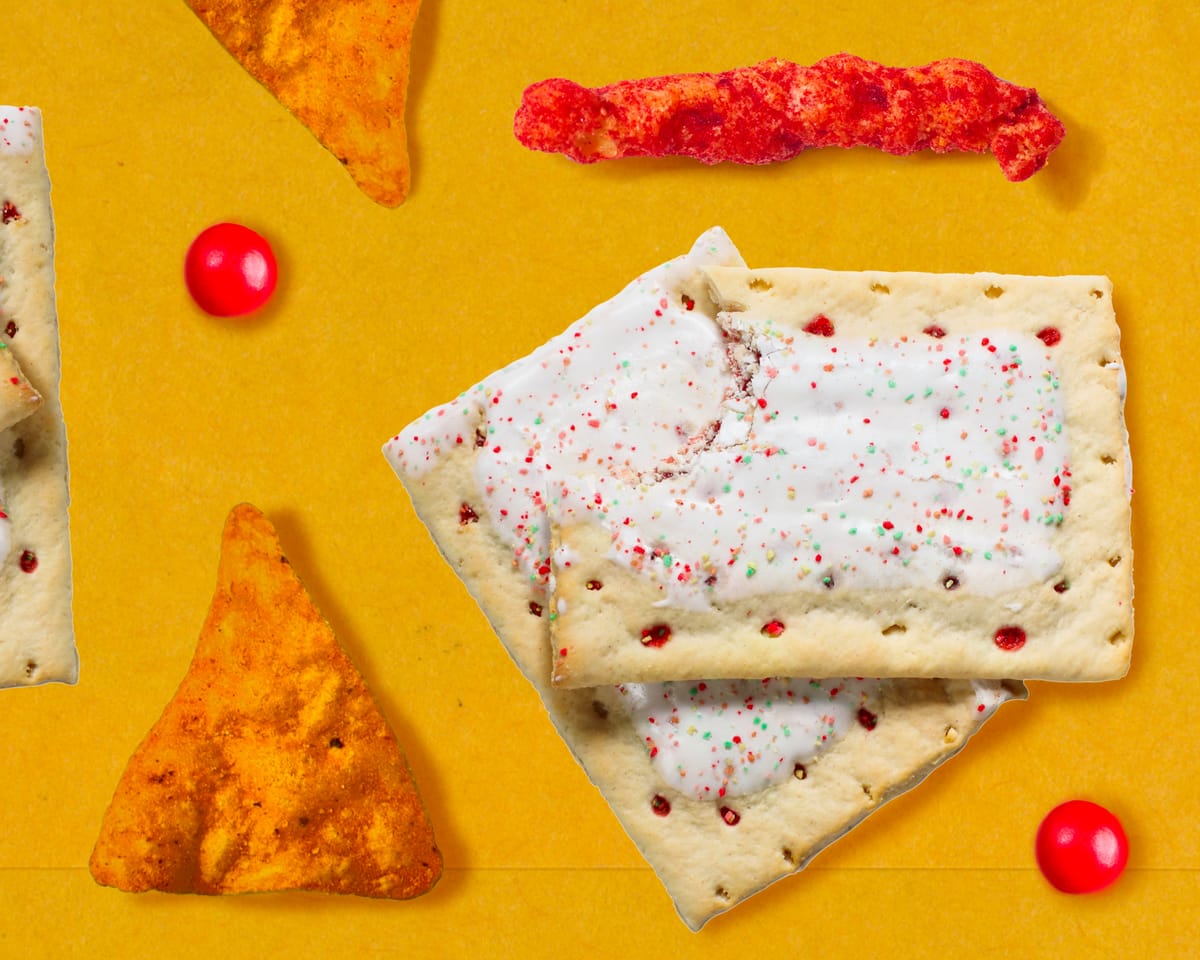The Make America Healthy Again (Maha) initiative marked a victory this month as the U.S. dairy sector committed to eliminating artificial food dyes from ice cream by 2028. Earlier this year, Health Secretary Robert F. Kennedy Jr. urged food producers to stop using synthetic color additives, prompting several major companies, such as Nestlé, Kraft Heinz, and PepsiCo, to agree. Kennedy noted that the ice cream pledge held personal significance for him, as it is his favorite treat.
Consumers will soon see the end of strawberry ice cream’s bright pink (from red dye No. 40), the mint chocolate chip’s cool green (yellow 5 and blue 1), and the blend of red 40, blue 1, and yellow 5 and 6 that gives Superman ice cream its iconic hue.
A key aim of the Maha campaign is to reduce childhood illnesses, which Kennedy believes can be partly achieved by limiting additives in highly processed foods. Research published in the *Journal of the Academy of Nutrition and Dietetics* found that, in 2020, 19% of food products contained artificial dyes—additives Kennedy calls “the most concerning.” He links these dyes to various health risks, including cancer, hyperactivity, and possibly autism.
"The public has spoken—they prefer natural ingredients over synthetic chemicals," Kennedy stated.
Despite minor criticism online—including jokes about political figures and debates over certain dyes—the policy has seen little resistance. Earlier this year, under President Joe Biden’s administration, the FDA moved to prohibit red dye No. 3 by 2027, citing cancer risks in animal studies. While the dye poses negligible harm to humans in small amounts, its ban aligns with existing laws against carcinogenic additives.
States across the political spectrum, from West Virginia to California, have introduced their own restrictions or warning labels for dyed foods, mainly to safeguard children. Similar regulations have long been enforced in Europe.
Why the focus on food dyes? Are natural alternatives truly healthier?
“They can be better for certain individuals,” said Jamie Alan, a pharmacology expert at Michigan State University. “A small group of children react strongly to these dyes, exhibiting behaviors sometimes linked to ADHD.”
Alan clarified that the dyes do not cause ADHD but noted that some children, including those with ADHD or autism, may experience temporary hyperactivity or mood changes after consuming them. However, much of the data on such effects remains inconclusive.
Read next

Ryanair plane had only six minutes of fuel upon Manchester landing, records show
Flight Narrowly Avoids Disaster After Storm Diversion
An inquiry has been launched after a Ryanair flight, struggling against severe winds during storm Amy last week, landed at Manchester Airport with only six minutes’ worth of fuel remaining.
The aircraft had been transporting passengers from Pisa, Italy, to Prestwick, Scotland, on

"Qantas customer data for 5 million exposed as hackers release info post-ransom deadline"
Hackers Leak Personal Data of 5 Million Qantas Customers on Dark Web
A cybercriminal group has released personal records of 5 million Qantas customers on the dark web after the airline did not meet their ransom demand.
The breach is part of a larger global incident affecting over 40 companies,

Investors flee record-high UK stocks as EU set to hike steel tariffs
Investors Withdraw Record Sums from Equity Funds Amid High Market Valuations
Data reveals that investors in the UK have withdrawn an unprecedented amount of money from equity funds over the past three months, driven by concerns over soaring stock market valuations.
According to the latest figures from Calastone, the largest

